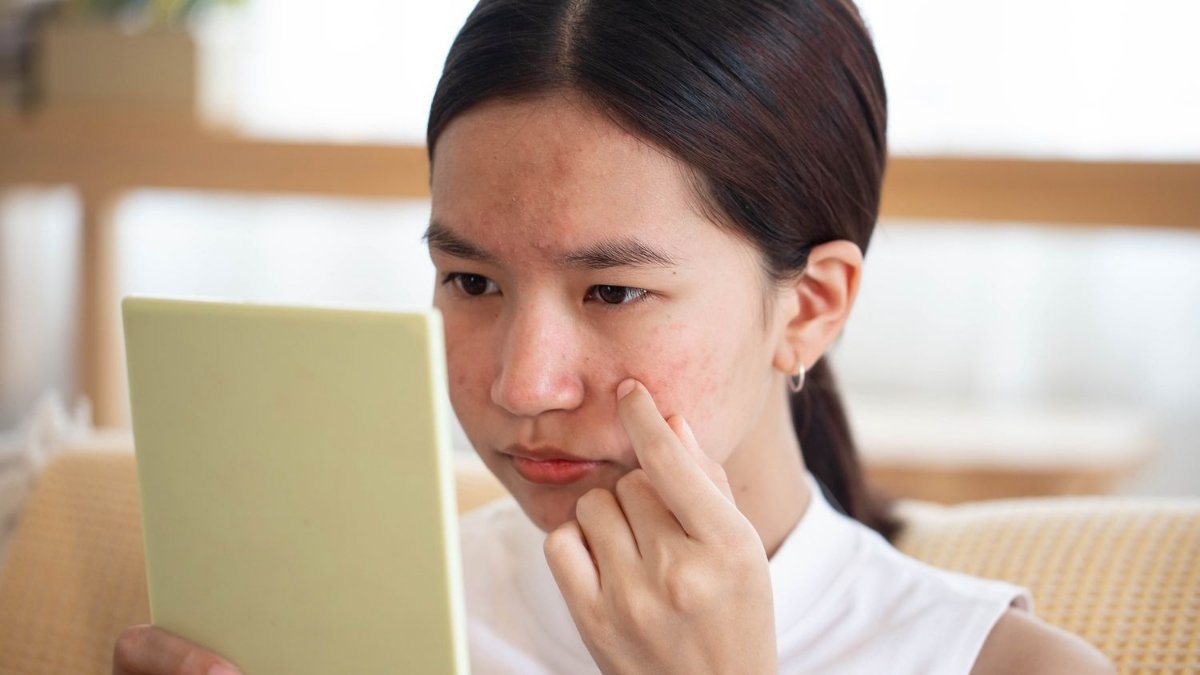
Discover 5 proven ways to treat acne naturally at home. Learn how salicylic acid, tea tree oil, diet changes, and gentle skincare routines can help clear your skin.
1. Using Salicylic Acid to Unclog Acne-Prone Pores
Salicylic acid is a beta hydroxy acid (BHA) that deeply penetrates the skin and exfoliates from within the pores. It is especially effective in treating blackheads and whiteheads, which form due to clogged hair follicles. Regular use of a cleanser or serum containing 0.5% to 2% salicylic acid can reduce inflammation and prevent new breakouts. Unlike benzoyl peroxide, it is gentler on sensitive skin and helps reduce oil production without overdrying. Consistency is key — visible results usually show after 2 to 4 weeks of usage.
2. Applying Tea Tree Oil for Antibacterial Acne Control
Tea tree oil is a natural essential oil known for its powerful antibacterial and anti-inflammatory properties. When diluted properly (usually a 5% concentration), it can be dabbed onto pimples to kill acne-causing bacteria like Propionibacterium acnes. A 2017 study published in the Australasian Journal of Dermatology confirmed its effectiveness in reducing both the number and severity of acne lesions. For safety, never apply undiluted tea tree oil directly to your skin, as it may cause irritation. Always do a patch test before full application.
3. Reducing Dairy and Sugar Intake to Minimize Hormonal Acne
Several clinical studies have linked high-glycemic diets and dairy consumption with increased acne, particularly in adolescents and young adults. Milk, especially skim milk, can trigger hormonal changes that increase sebum production and inflammation. Likewise, sugary foods elevate insulin levels, which in turn boost oil secretion in skin glands. Switching to a low-glycemic diet rich in vegetables, whole grains, omega-3 fats, and plant-based proteins may significantly improve acne over time. Consider keeping a food journal to track triggers specific to your skin.
4. Maintaining a Gentle Skincare Routine for Acne-Prone Skin
Harsh scrubs, over-cleansing, and frequent product switching can worsen acne by stripping your skin’s natural barrier. To treat acne effectively, use a mild, non-comedogenic cleanser twice daily, followed by an alcohol-free toner and a lightweight moisturizer with niacinamide or ceramides. Avoid touching your face frequently, and change pillowcases twice a week to prevent bacterial transfer. Look for products labeled “oil-free” or “for acne-prone skin.” Consistency and patience are essential — even a gentle routine needs 4 to 6 weeks to show noticeable improvements.
5. Spot Treating with Benzoyl Peroxide to Kill Acne Bacteria
Benzoyl peroxide is one of the most researched and dermatologist-recommended topical treatments for acne. It works by killing Cutibacterium acnes, the bacteria responsible for most types of inflammatory acne. Use a 2.5% to 5% formulation on active breakouts or as a preventive treatment on acne-prone areas. Unlike antibiotics, benzoyl peroxide does not lead to resistance, making it suitable for long-term use. However, it may cause dryness or peeling initially, so start with a small amount and apply moisturizer afterward to minimize irritation.
Treating acne is not about a one-time solution but a balanced approach that includes the right skincare ingredients, lifestyle changes, and patience. From using salicylic acid and benzoyl peroxide to avoiding dietary triggers and establishing a gentle skincare routine, each of these five methods targets acne from a different angle. By understanding your skin’s unique needs and sticking to a consistent treatment plan, you can significantly reduce breakouts and achieve clearer, healthier skin over time.
